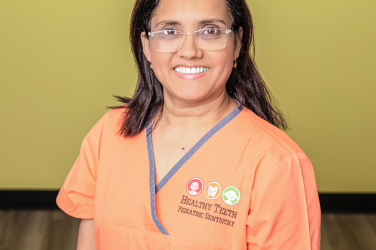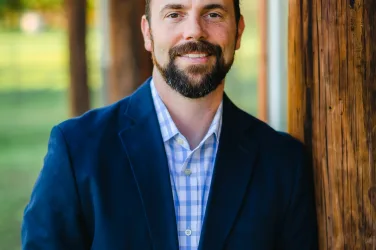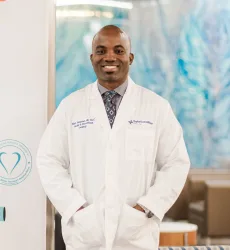
Q&A
Opthalmologist
What is a cataract?
A cataract occurs when the normally clear lens inside your eye becomes cloudy. For many, this happens over time, but certain medications, diseases, and trauma can also cause them. With time, your vision can become cloudy, you may struggle to read, especially in low light, and you may see halos or glare around lights.
Do cataracts always require surgery?
Most cataracts develop slowly and don’t cause noticeable problems with your eyesight early on. When a cataract interferes with your daily activities, it may be time to talk to your eye doctor about surgery. An ophthalmologist can confirm that you have cataracts. They will test your vision and dilate your eyes to determine the density of your cataract.
Just because someone has a cataract doesn’t mean they’ll need cataract surgery. At Heritage Eye Center, we pride ourselves on not pushing cataract surgery on anyone. Instead, we look at their symptoms. For example, if the glare from oncoming headlights makes driving difficult at night or if the sun causes glare, that makes it hard to drive during the day. If a cataract is slowing you down and impacting your life, we can restore your vision with cataract surgery.
What is a light-adjustable lens, and how does it work?
This technology makes it possible to adjust the patient’s vision after cataract surgery. The light-adjustable lens is implanted using a standard cataract procedure. We shine a special light onto the lens, which reshapes the lens inside the eye. This allows us to fine-tune the power of the lens, which can reduce or eliminate the need for corrective eyewear.
How long do results last, and what is the expected recovery time after cataract surgery?
The cataract itself will never come back. It’s a one-and-done procedure. I implant the artificial lens in a membrane inside the eye. That membrane is normally clear, but in 30 to 40% of people, that membrane can haze over. It may feel like the cataract is coming back, but it’s not. If that should happen, we just clean the membrane with a YAG laser. It’s quick, effective, and does not require going into the operating room.
Most people see better one to three days after surgery, but it depends on the level of swelling. For the most part, vision starts clearing in a few days. Typically, 90% of the healing takes place within the first month. I’ve had patients tell me, “Wow, it’s like someone turned on the light!” Or they’ll say, “All the colors are so vivid.” Many patients find that their vision is better than before they developed cataracts.
How many cataract surgeries have you performed, and what is your success rate?
My success rate is very high. The national complication rate for cataract surgery is two to three percent, and my complication rate is less than 1%. I complete 1,200 to 1,400 cataract surgeries yearly, and I’ve done more than 16,000 throughout my career. Cataract surgery is one of the safest and most successful procedures in modern medicine.
About The Expert

Sanjay K. Patel, MD
Heritage Eye Center
Board certified by the American Board of Ophthalmology, Dr. Patel is a fellow of the American Academy of Ophthalmology and a member of the Dallas Academy of Ophthalmology. He was also an associate clinical professor at University of Texas Southwestern Medical School from 1999 to 2004, where he trained other ophthalmologists in performing cataract surgery.










